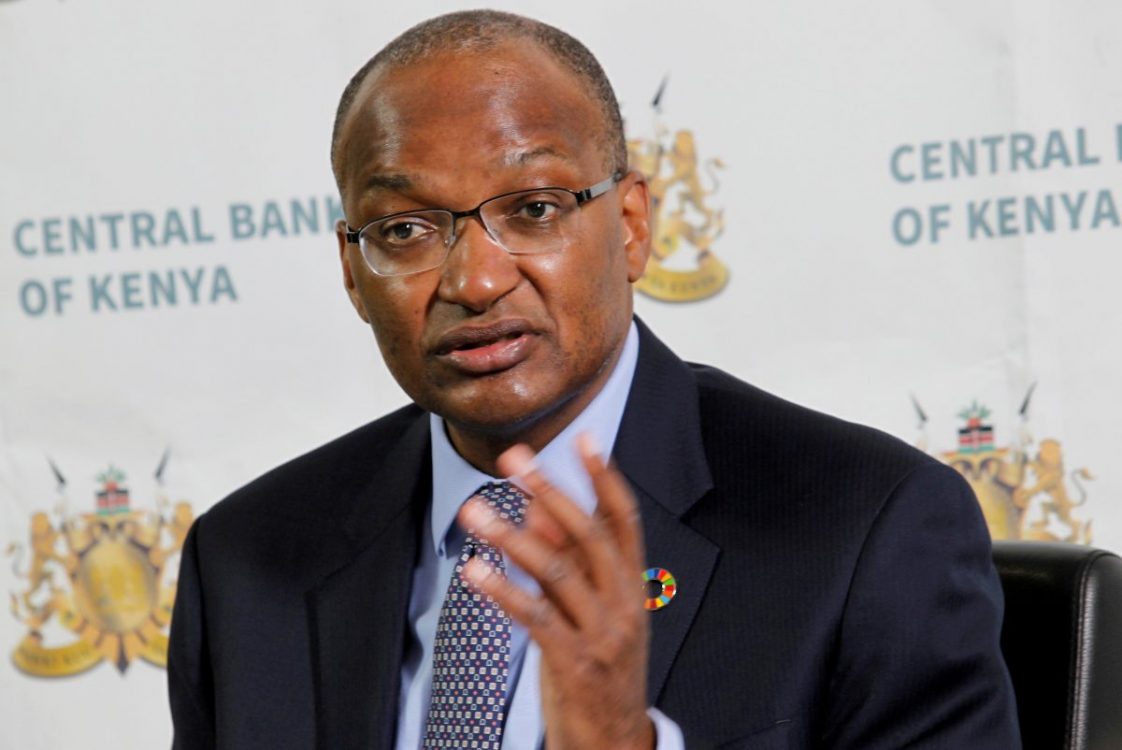Shilling remains under pressure, dollar stock dips
By Herald Aloo, December 15, 2022Kenya’s forex reserves (FX) have plunged by more than 23 percent since January amid rising dollar demand by both manufacturers and commercial banks despite the increase in diaspora remittances, which is the main source of the country’s dollar stock.
As of last week, Friday, usable FX held by the Central Bank of Kenya (CBK) stood at $7.1 billion (Sh866.2 billion) compared to the $8.8 billion (Sh1.07 trillion) dollar stock the country had in the first week of January 2022. At $7.1 billion (Sh866.2 billion), the reserves fall below the statutory requirement of four months of import cover and lower than the East African community requirement of 4.5 months of import cover.
But CBK maintains that there is no need for concern regarding FX stock-out, saying that the government can still manage key financial obligations, including payment of external debts that consumes a significant chunk of the dollar.
Programmed inflows
“There is programmed inflows [dollar] and that gives us comfort that we are doing our best endeavours in this regard. We still believe that we have adequate cover to smooth out any volatility that would come,” CBK Governor Patrick Njoroge said in the last monetary policy briefing.
The mismatch, where the diaspora remittances are increasing while dollar stock is declining at the same time, points out to other sources of foreign exchange such as agricultural exports, are pretty low to offset the high dollar demand.
This, according to analysts, often forces importers to scramble for dollars and tempted to transact in advance before the situation worsens, further leaving the foreign exchange market more shakeable.
By the end of November, the cumulative diaspora inflows reached $345.5 million (Sh42.2 billion), a 3.9 per cent increase compared to $332.6 (Sh40.6 billion) remittances in October. “If other kinds of exports are not increasing that will also have a deterioration effect on the import cover. It leaves Kenya is much more exposed in terms of foreign exchange. Many people will not be sure we are having adequate dollar to make payments in the global market,” said Gerrishon Ikiara, an economist and lecturer at the University of Nairobi.
The country’s FX stock level is one of the economic indicators that most investors such as lenders, look at as part of assurance that the country is capable of paying back its debt.
Forex reserves
CBK is banking on loan disbursements from the World Bank and International Monetary Fund (IMF) to boost its forex reserves. But this FX boost is likely to be offset by the repayment of Kenya’s dollar-borrowed debts, most of which are maturing early next year. Should the decline in FX continue, CBK might find it hard to continue supporting the shilling from depreciating against the dollar as it has been doing over the past months.
The shilling shed further last week, trading at Sh122.7 against the US dollar according to the central bank’s official data, but market data shows the currency trading at nearly Sh130 to one dollar.
The local currency has been trading at Sh121 for over two months, but a strong dollar on the back of the US tightening policy has seen the shilling lose its value.
According to World Bank, remittance inflow into Kenya is expected to dampen due to the anticipated decline in economic activities in Europe and America, meaning the diaspora sector will not have much capital to send back home.
The US remains the largest source of remittances to Kenya, accounting for 55.8 per cent in November.
More Articles

